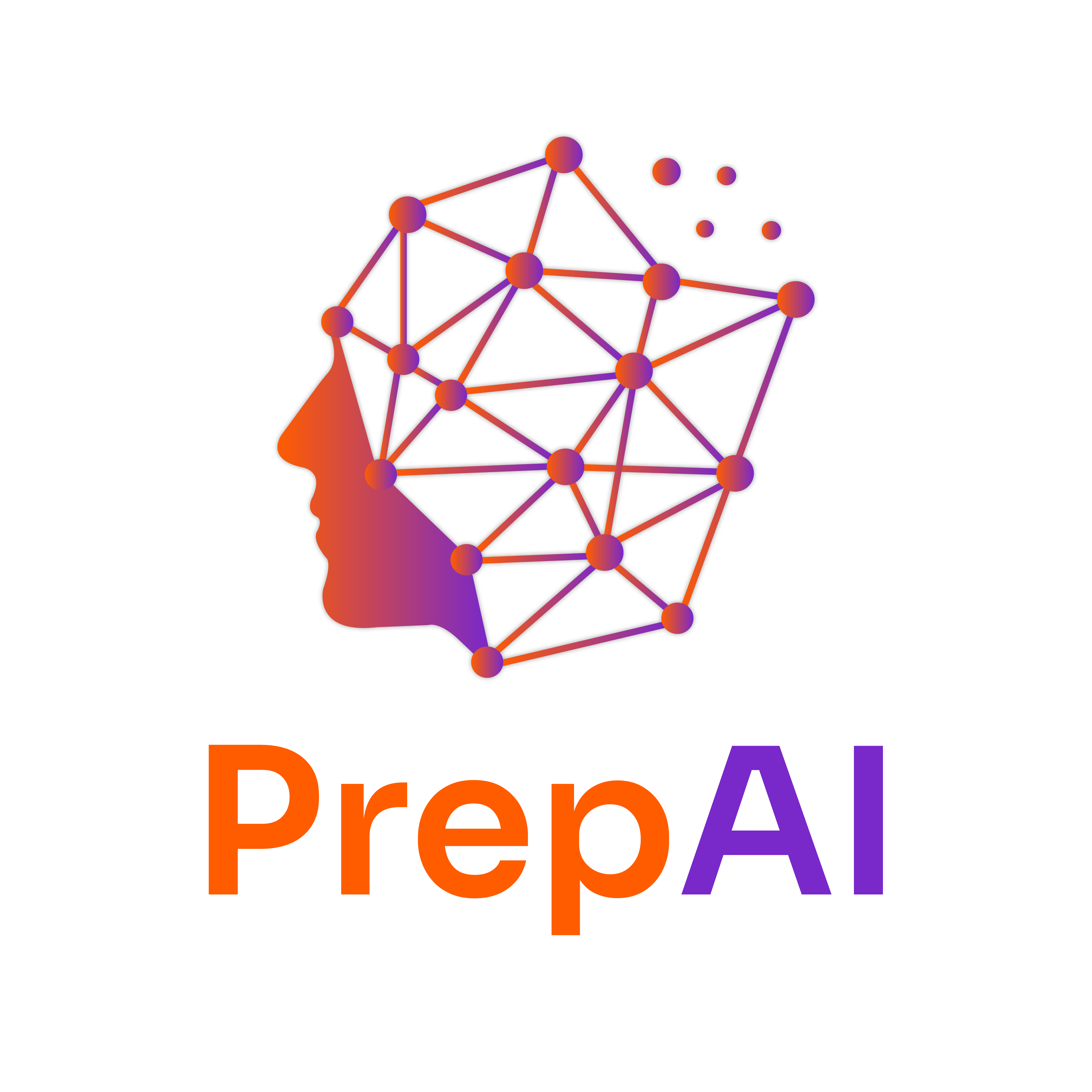Mastering Business Analysis: From Problem Definition to Requirements Gathering## Definition
Business analysis the practice of identifying business needs and finding technical solutions to business problems. It involves defining business problems, identifying key stakeholders, understanding business objectives, and gathering requirements.
Example: A company wants to improve customer satisfaction. The business analyst defines the problem as "customers are unhappy with response times," identifies stakeholders (customers, customer service team), understands objectives (reduce response time by 50%), and gathers requirements for a new ticketing system.
Explanation
1. Defining Business Problems
- What it is: Clearly articulating the issue that needs to be addressed.
- Key Steps:
- Identify Symptoms: What is happening? (e.g., declining sales)
- Analyze Causes: Why is it happening? (e.g., poor customer service)
- State the Problem: Formulate a clear statement (e.g., "Customer complaints have increased by 30% over the last quarter.")
Real-World Example: A retail store notices a drop in foot traffic. The business analyst defines the problem as "decreased customer visits due to lack of promotions."
2. Identifying Key Stakeholders
- What it is: Recognizing individuals or groups who have an interest in the project or will be affected by it.
- Key Steps:
- List Stakeholders: Identify who is involved (e.g., customers, employees, management).
- Assess Influence and Interest: Determine their level of influence and interest in the project.
Real-World Example: In a software development project, stakeholders might include end-users, project managers, and IT support teams.
3. Understanding Business Objectives
- What it is: Establishing clear goals that the business aims to achieve.
- Key Steps:
- Align with Stakeholders: Ensure objectives reflect stakeholder needs.
- SMART Criteria: Objectives should be Specific, Measurable, Achievable, Relevant, and Time-bound.
Real-World Example: A company aims to increase online sales by 20% in the next fiscal year, which aligns with its growth strategy.
4. Gathering Requirements
- What it is: Collecting detailed information on what is needed to solve the business problem.
- Key Steps:
- Interviews and Surveys: Conduct sessions with stakeholders to gather insights.
- Document Requirements: Use tools like user stories or use cases.
Real-World Example: For a new CRM system, requirements might include features like customer tracking, reporting capabilities, and user access levels.
Real-World Applications
- Industries: Healthcare (patient management systems), Retail (inventory management), Finance (risk assessment tools).
- Challenges: Miscommunication with stakeholders, unclear objectives, and incomplete requirements can lead to project failures.
- Best Practices:
- Maintain regular communication with stakeholders.
- Use visual aids like flowcharts to clarify processes.
- Validate requirements with stakeholders before implementation.
Practice Problems
Bite-Sized Exercises
- Define a Business Problem: Write a problem statement for a fictional company facing declining employee morale.
- Identify Stakeholders: List potential stakeholders for a new mobile app project.
- Set Business Objectives: Create three SMART objectives for a marketing campaign.
Advanced Problem
Scenario: A company wants to implement a new inventory management system.
- Task:
- Define the business problem.
- Identify at least five key stakeholders.
- Outline three business objectives using the SMART framework.
- Suggest methods for gathering requirements.
YouTube References
To enhance your understanding of business analysis, search for the following terms on Ivy Pro School’s YouTube channel:
- "Business Analysis Basics Ivy Pro School"
- "Stakeholder Identification Techniques Ivy Pro School"
- "Requirements Gathering Methods Ivy Pro School"
Reflection
- What challenges have you faced in defining business problems in your experience?
- How do you prioritize stakeholders when there are conflicting interests?
- In what ways can you ensure that business objectives are aligned with stakeholder needs?
Summary
- Defining Business Problems: Articulate the issue clearly.
- Identifying Key Stakeholders: Recognize and assess the influence of involved parties.
- Understanding Business Objectives: Establish SMART goals.
- Gathering Requirements: Collect detailed information through interviews and documentation.
By mastering these concepts, you will be well-equipped to analyze and address business challenges effectively.
